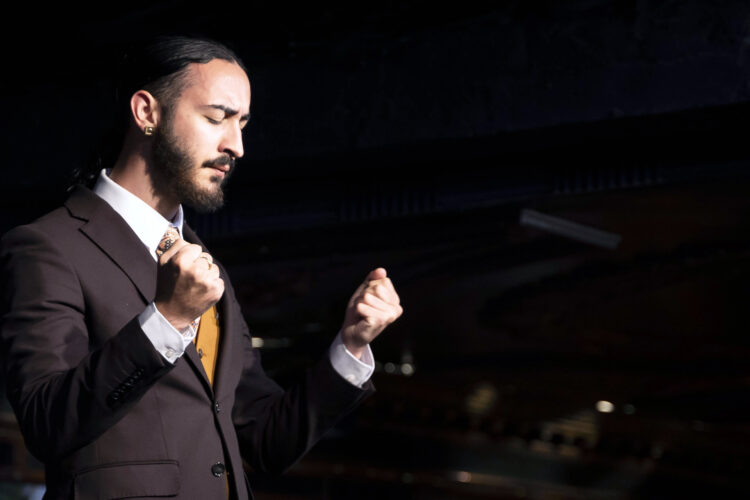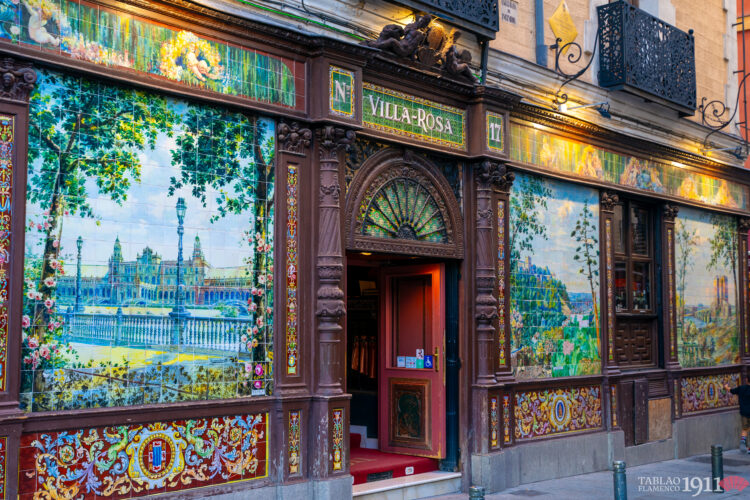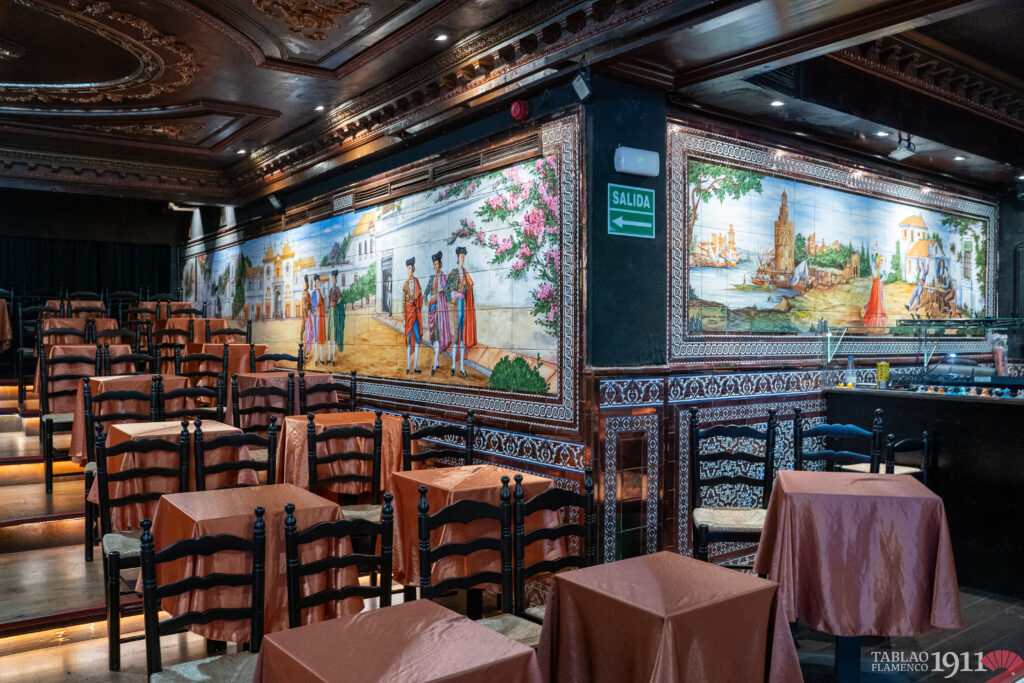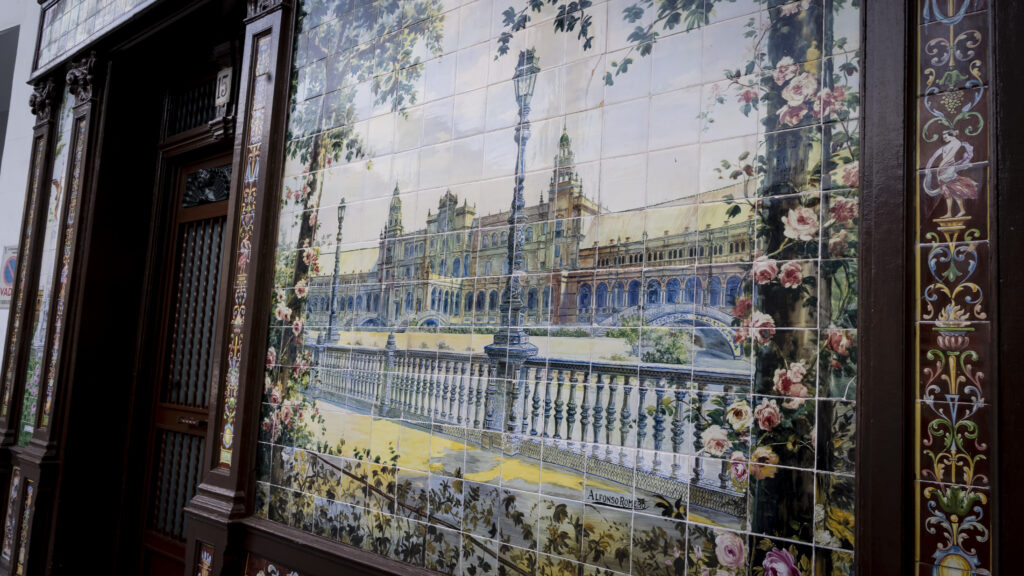
José Escarpín and his Guinness World Record at Tablao Flamenco 1911
The Guinness World Record of flamenco arrives at the oldest flamenco tablao in the world: Tablao Flamenco 1911.

There are walls that divide and walls that tell stories. The ones at Tablao Flamenco 1911, Teatro Villarosa, undoubtedly belong to the latter. Before the first guitar note breaks the silence, even before the first heel hits the wood, the art has already begun to speak. It does so through the ceramic skin that covers our temple: its iconic and spectacular tiles.
Many admire them for their beauty, but few know the deep narrative they hold. They are not just decoration; they are the first “olé” of the night, the soul of Andalusia made material in the heart of Madrid and a silent witness to over a century of duende. Today, we invite you to read the story they tell us.
The first thing one feels upon entering 1911 is that they’ve been transported. The scenes depicted in the large tile panels are no coincidence. They are postcards from an Andalusian dream—a ceramic tribute to the places that are the cradle and the soul of flamenco.

Look closely: you can spot the imposing Giralda of Seville, silhouettes of the patios of Córdoba, views of the Alhambra of Granada, and traditional scenes that evoke life in the ports and countryside of Andalusia. Each panel is a window into the emotional geography of arte jondo, a visual map that prepares the viewer’s spirit for the sound journey that is about to begin. They were conceived so that, in the heart of Madrid, one could breathe the air of the south.
These works of art are not anonymous. They were created by some of the finest artists of their time, particularly the Sevillian master ceramicist Alfonso Romero Mesa. At the dawn of the 20th century, Spain was undergoing a wave of cultural “regenerationism”, a rediscovery of its own roots. The Neo-Mudejar style and Andalusian regionalism were in full bloom, and the old Villa Rosa became one of the most dazzling showcases in Madrid.
Romero Mesa and his workshop not only created tiles; they shaped an identity. They used traditional techniques to craft a space that was both modern and evocative — a place that felt at once castizo (authentically local) and universal. The heritage value of these walls is immeasurable, being one of the few ornamental ensembles of this scale and quality still preserved intact in the city.

But how does this static beauty converse with the living, ephemeral art of flamenco? That’s where the true magic lies. The artists who perform at 1911 do not face a blank wall, but are instead embraced by a century of history and art.
The tiles are not a backdrop—they are an audience. Their vibrant colors seem to respond to the swish of a flamenco dress; their historic scenes appear to nod to the depth of a seguiriyas chant. They create an almost liturgical atmosphere, a “maternal womb” that protects the purity of flamenco. This silent dialogue between ceramic and duende inspires the artists to give their very best and immerses the audience in a total sensory experience, where beauty enters through both eyes and ears in perfect harmony.
Tablao 1911 is, therefore, a stage within a stage. It is a place where art is not only performed but radiates from the structure itself.
Next time you visit us, we suggest a little game: arrive a few minutes early, order a glass of wine, and simply let yourself be carried away by the stories our walls tell. It will be the perfect prelude to the explosion of emotions that follows. Don’t just watch the stage—let the entire tablao speak to you.
Come and live an experience where art is seen, heard, and felt in every corner.